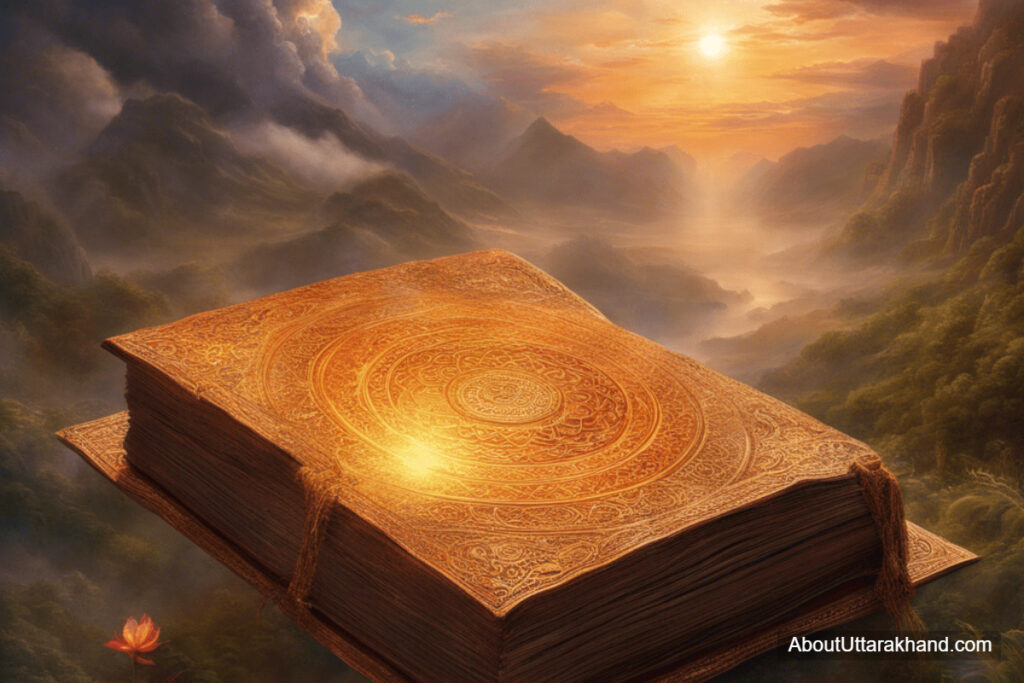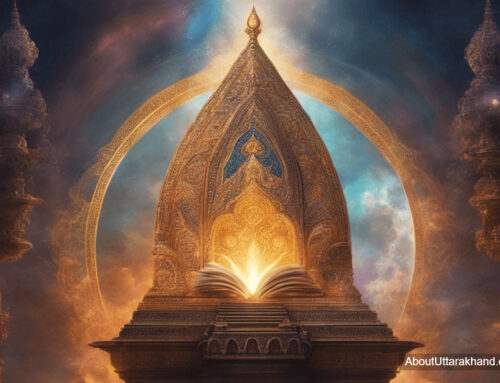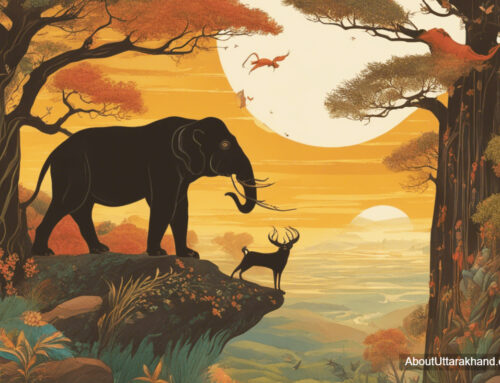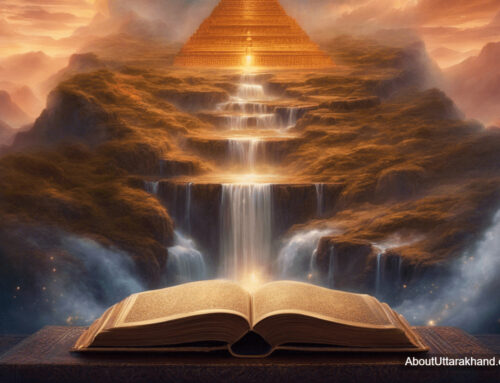11 Beliefs Of Hinduism
Hinduism is a deep and ancient religion with a lot of ideas that shape the way people who follow it see the world. In Hinduism, the idea that the whole universe is a representation of God and that everything in it is an expression of God is very important. One of its main ideas is that everyone is divine by nature, and that finding and realising this divine spirit is the most important thing in life. In particular, Hindu beliefs take a non-exclusive stance, accepting and recognising the validity of different religions and spiritual paths. This is an example of a philosophy that is based on spiritual discovery and welcoming everyone.
Table of Contents
11 Beliefs Of HinduismDetails About Beliefs Of Hinduism
Atman
Belief in Gods and Goddesses
Brahman
Guru
Varna
Dharma
Karma
Purushartha
Moksha
Samsara of Reincarnation
Shristi and Pralaya
To Conclude

Beliefs Of Hinduism | Photo: AboutUttarakhand.com
Details About Beliefs Of Hinduism
Being divine by nature is at the heart of Hinduism. Each person is thought to contain a heavenly essence. Hindus believe that the journey of life is a spiritual journey that leads to realising and recognising this inherent holiness. What's interesting about the Hindu faith is that it doesn't discriminate against other religions or faiths; it accepts and respects all of them. This open-mindedness shows how Hindu views are the same for everyone, encouraging acceptance and peace between different religions.
Atman

Beliefs Of Hinduism - Atman | Photo: Marek Piwnicki ZLu on unsplash
According to Hinduism, atman, which means 'eternal self,' goes beyond ego, or false identity. Atman is the real core of being human. It is often used as a synonym for words like 'spirit' or 'soul.' From different Hindu points of view, the self is either an eternal helper of God or an individual who is one with God. Reincarnation is based on the idea that the same eternal being can live in different temporary forms. This idea of the eternal self fits with this idea.
Adding a spiritual aspect to the self through the idea of atman emphasises moving away from material ties. In Hinduism, there is a strong desire to separate from the material world, which leads to practices like asceticism. Because of this, one could say that the atman, a spiritual being, goes through existence in the human experience, seeing life as a spiritual meeting rather than just a person having a spiritual experience.
Belief in Gods and Goddesses
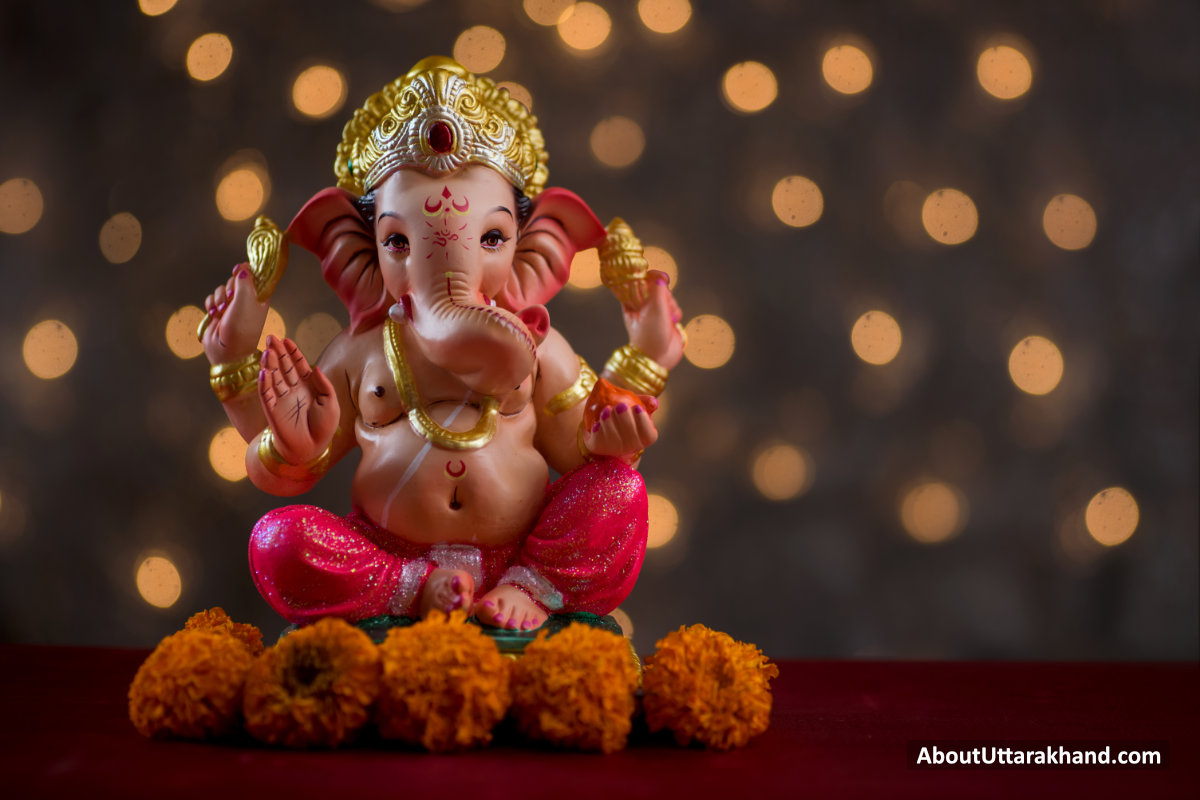
Beliefs Of Hinduism - Belief in Gods and Goddesses | Photo: AboutUttarakhand.com
In Hinduism, the divine is seen through the three gods Brahma, Vishnu, and Mahesh, who stand for the parts of God that create, protect, and destroy. Hindus are religious people who have strong beliefs and follow their customs to the letter. As a spiritual guide, the Brahmin helps Hindus connect with God by planning prayers and hawans for important events or to bring good luck.
Hindus believe that the idea of God's existence comes to life in the form of many different gods, each with their own part in the universe. Brahmins manage religious ceremonies and help people connect with their spiritual selves. This shows how dedicated followers are to their beliefs. The Hindu community seeks divine blessings and shows thanks through ceremonies like hawans and prayers. These help them connect with the higher forces that shape their beliefs and determine their fates.
Brahman
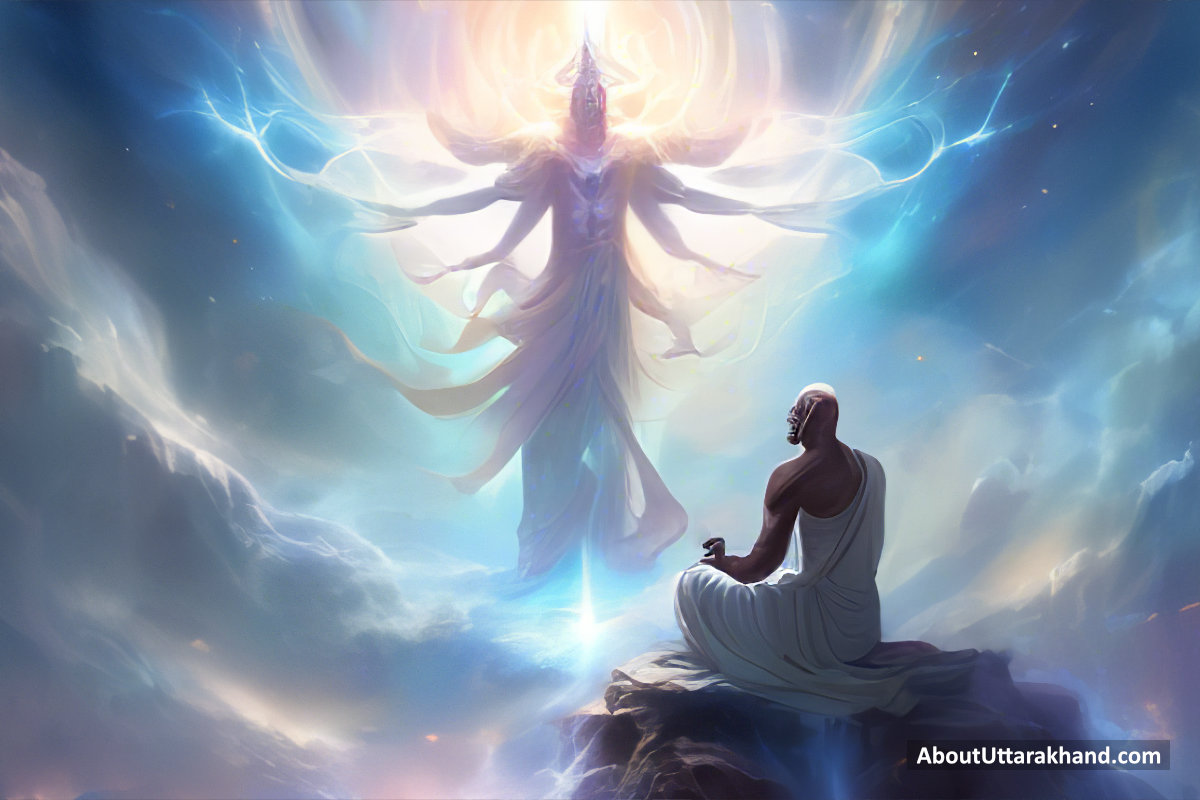
Beliefs Of Hinduism - Brahman | Photo: AboutUttarakhand.com
'Brahman,' which comes from the language Sanskrit, means an all-powerful force that goes beyond the limits of the world. It is important to remember that Brahman and the idea of God are not the same thing, even though they are sometimes translated as 'God.' Brahman is seen as the all-powerful force that holds the universe together. In some Hindu views, this power is the same thing as the human self (atman), but in others, it is seen as something completely different from the self.
There is agreement among Hindus that Brahman is present in all things, but most people don't honour Brahman directly. Many Hindus instead see specific gods as forms or images of Brahman, the supreme god. This complex understanding shows how different Hindus have different ideas about what Brahman is and how it connects to the individual self and the gods honoured in different religions.
Guru
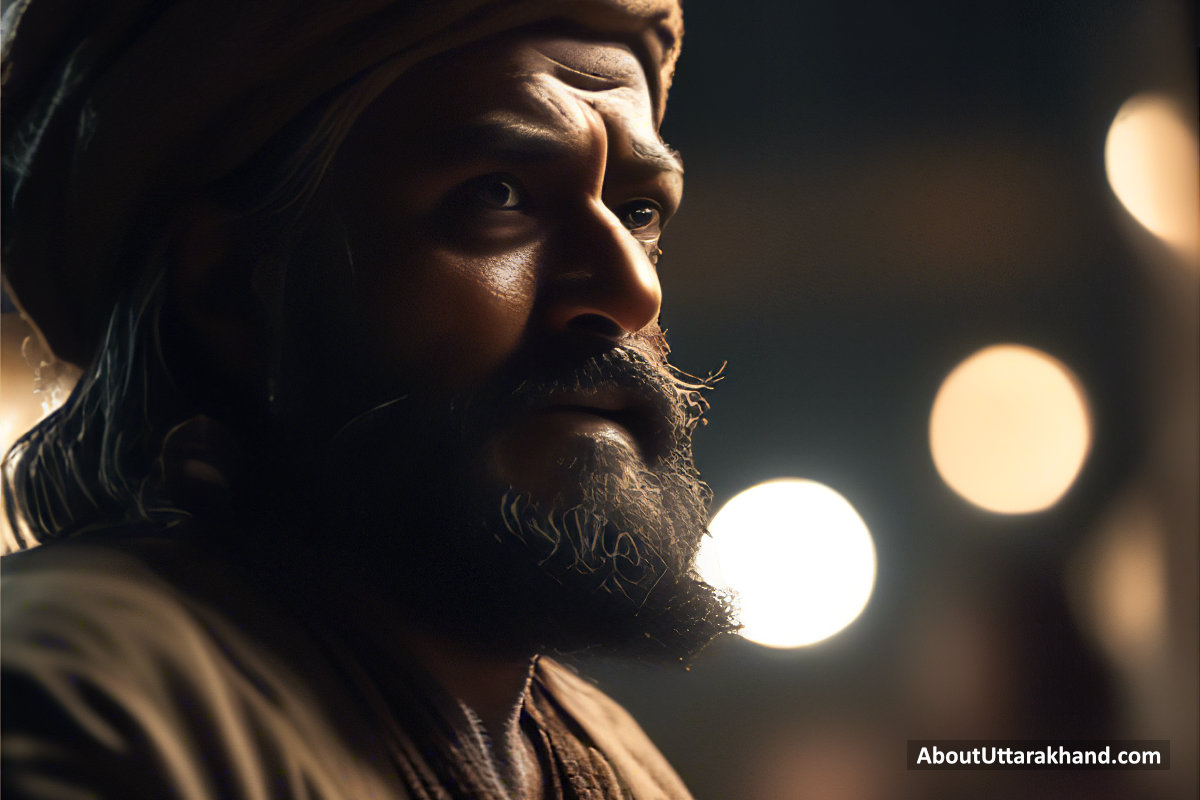
Beliefs Of Hinduism - Guru | Photo: AboutUttarakhand.com
The words 'guru' and 'acharya' refer to a teacher or master in a certain culture. They describe someone who teaches others by example and talks about their own experiences. This mentor-disciple connection often lasts for generations, since disciples may become teachers themselves after learning the lessons. One example is a mother who goes to the teacher to ask him to help her stop her son from eating too much sugar. The teacher tells her to come back in a week instead of right away. When she gets back, he tells the child to listen to his mother and says that he had to stop eating sugar himself before he could help the kid.
In cultures that stress bhakti (devotion), gurus hold a high position and can become centres of devotion. One of the main ideas is that spiritual knowledge is passed down through a lineage, and when a guru dies, a chosen student takes over. It is interesting to note that one guru can have many followers, which has led to a lot of different spiritual practices.
Varna

Beliefs Of Hinduism - Varna | Photo: AboutUttarakhand.com
In traditional Hinduism, an important idea that came about is that dharma is mostly about a person's responsibilities related to their class (varna) and stage of life (ashrama). This idea is called varnashrama-dharma. In Hindu past, the Brahmins, who were the highest caste, were especially devoted to this teaching. The ancient Rig Veda contains a model for social order called the class system. It is thought that the modern caste system (jati) may have its roots in this ancient structure.
The four main classes are: the Brahmins, who are religious leaders and intellectuals; the Kshatriyas, who are nobles or warriors and traditionally held power; the Vaishyas, who are commoners or merchants who work in production, farming, trade, and making a living; and the Shudras, who were workers who traditionally served the higher classes and included labourers, artists, musicians, and clerks. People from the top three classes are called 'twice born,' which means they were born in the womb and then went through initiation, which is represented by the sacred thread and shows how high their standing is. While initiation is usually linked with men, there have been times when women have gone through this ritual.
Classical Hinduism connects the idea of dharma to a person's duties based on their social class (varna) and stage of life (ashrama). These duties are called varnashrama-dharma as a whole. In Hindu past, the Brahmins, who were the highest caste, believed in this idea. The idea of a class system comes from the Rig Veda and helps explain how society works. The modern caste system (jati) is thought to have developed from the old one. The four main classes are: Brahmins, who are in charge of religious ceremonies; Kshatriyas, who traditionally held power as nobles or warriors; Vaishyas, who were regular people who worked in trade, production, and making a living; and Shudras, who worked for the higher classes and included labourers, artists, musicians, and clerks.
People in the top three classes are called 'twice born,' which means they have been born naturally and then gained a second birth through initiation marked by the holy thread. This shows how important they are. Initiation is usually a male practice, but there have been times when women have taken part in it.
Dharma
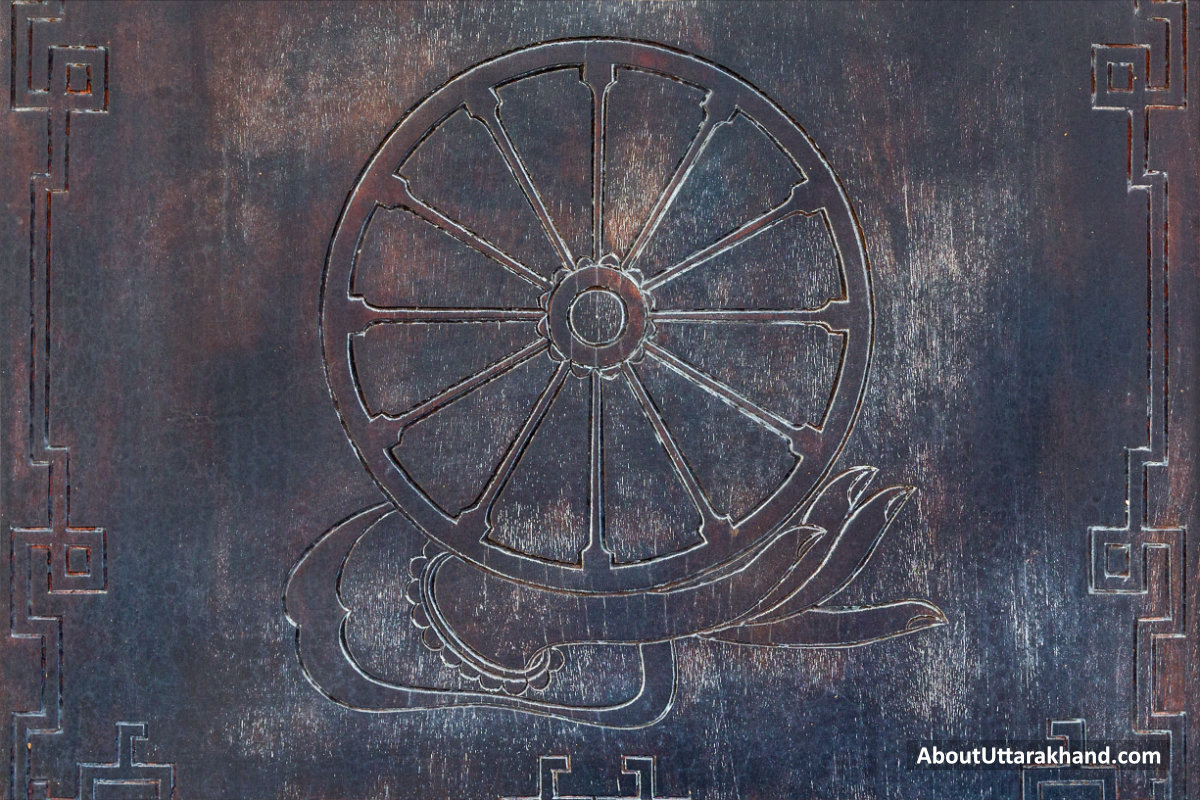
Beliefs Of Hinduism - Dharma | Photo: AboutUttarakhand.com
Hinduism's word 'dharma' can mean 'duty,' 'virtue,' 'morality,' or 'religion,' among other things. The cosmic force that keeps the world and society running is thought to be it. In the Vedas, the word 'rita' is often used to mean 'universal law' or 'righteousness.' Hindus believe that the Vedas revealed dharma. Being the force that holds society together, Dharma affects natural events, promotes virtue, and gives people the chance to live good lives.
People of different ages, genders, and social classes have different ideas about what it means to live a good life. This idea of 'sva-dharma,' or personal duty, comes from the fact that dharma is general but works differently depending on the situation. What is right for one person may not be right for another person depending on their circumstances, as sva-dharma stresses. While the main character, Arjuna, thinks about his role as a warrior before a big battle in the Bhagavad Gita, sva-dharma is shown to be very important. Without caring about the results, Krishna tells him to do his sva-dharma. He stresses that ignoring one's dharma is 'adharma,' or wrongdoing.
In line with the idea of 'sanatana dharma,' which goes beyond everyday responsibilities, following dharma is seen as a service to both people and God. People who follow bhakti movements believe in eternal dharma, which says that we should always serve a specific god and see that as the most important part of who we are.
Karma

Beliefs Of Hinduism - Karma | Photo: AboutUttarakhand.com
In Sanskrit, the word 'karma' means 'action.' It refers to the idea that everything we do has a response, either right away or in the future. Hinduism says that actions that are in line with dharma, the moral and upright order, lead to good things, while actions that are against dharma lead to bad things. When you do good things, good things happen, but when you do bad things, bad things happen.
Importantly, Hindus believe that the idea of karma lasts longer than one lifetime. The idea that karma plays out over many lives comes from the fact that the effects of an action may not show up until later lives. This point of view stresses how actions and their results are linked, highlighting how actions have lasting effects throughout the cycle of life and return.
Purushartha
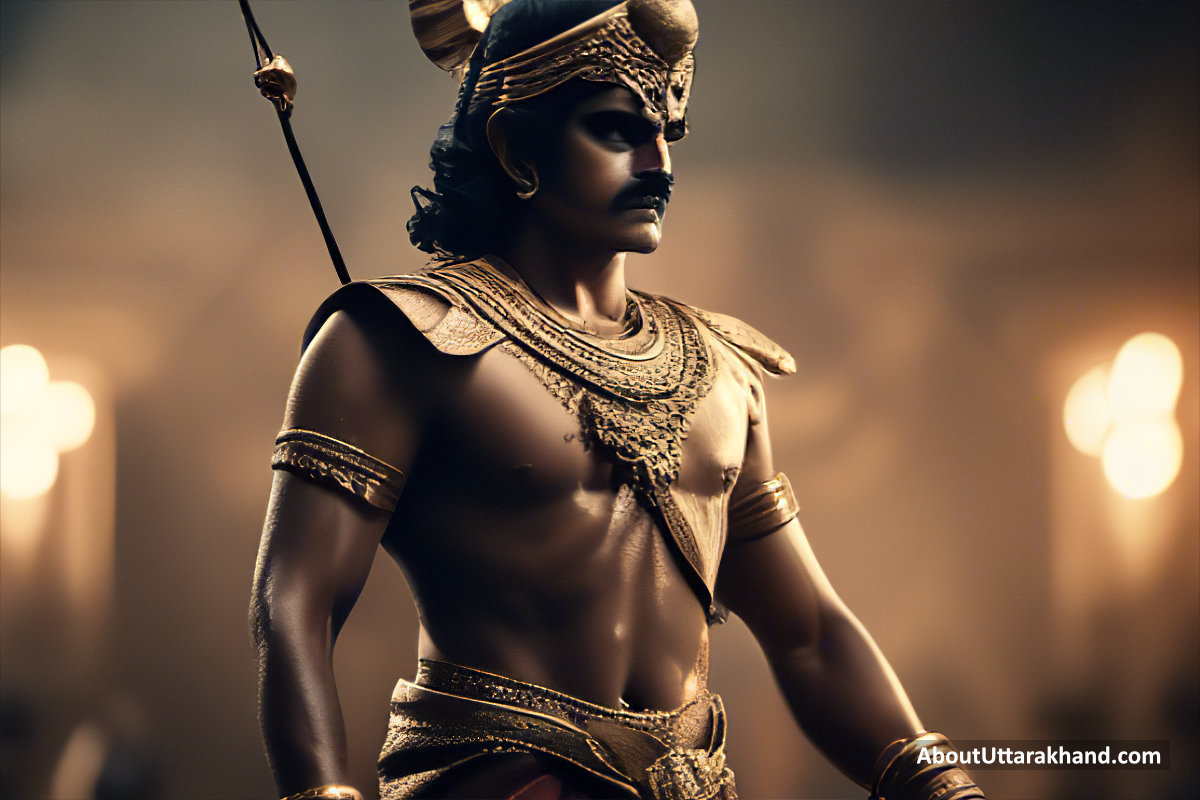
Beliefs Of Hinduism - Purushartha | Photo: AboutUttarakhand.com
Hinduism has a set of beliefs that tells people what their life goals should be based on their stage of life and place in society. The 'Laws of Manu,' a famous dharma shastra, laid out a method for these goals, which are called purusharthas. At first, these writings talked about three main goals in life: dharma (good living), pleasure (including both sexual and aesthetic satisfaction), and worldly success (profit). After that, a fourth goal, called moksha or freedom, was added, which showed how the purusharthas had changed over time. The beliefs in this system show that people have a lot of different, reasonable wants and needs depending on the situation.
Hinduism's life goals, called purusharthas, come from holy texts called dharma shastras, like the famous 'Laws of Manu.' At first, these goals included living a good life (dharma), making money (profit), and enjoying different kinds of pleasure, such as sexual and artistic pleasure. Over time, freedom (moksha), a fourth goal, was added to the purusharthas. This religious view is based on a deep understanding of human nature, which acknowledges that different wants and goals are valid in different life situations. In this way, the purusharthas offer a complete framework that recognises the complex nature of human goals and ambitions.
Moksha

Beliefs Of Hinduism - Moksha | Photo: AboutUttarakhand.com
In later times, a fourth goal, called liberation or 'moksha,' was added to the purusharthas to show the final goal. The purusharthas sum up a knowledge of the different wants and needs of people, recognising that each is valid in its own way. Once a person achieves moksha, they are no longer stuck in the cycle of life, death, and rebirth. Instead, they are united with the Supreme Being and live in a state of divine happiness forever. In more detail, Advaita Vedanta says that the souls of both the Supreme Being and people merge into a single thing.
When the purusharthas were first made, they had three goals. Over time, moksha was added as the fourth and final goal. This theory takes into account the different and valid wants that come naturally to people. When someone achieves moksha, they leave the cycle of life and death behind and become one with the Supreme Being. They then enter a state of eternal bliss. Advaita Vedanta expands on this idea by saying that the soul of the Supreme Being and the soul of a person are inextricably linked. This shows a deep spiritual unity.
Samsara of Reincarnation

Beliefs Of Hinduism - Samsara or Reincarnation | Photo: AboutUttarakhand.com
Hindus believe that what people do has effects, both good and bad. These effects can show up in this life, in future lives as humans, or in more spiritual worlds, where people are reborn for a certain amount of time. According to the law of action and reaction, this connected process is called samsara, and it is a never-ending circle in which the soul is born again and again. A lot of Hindus believe that when a person dies, their soul, which is held by a subtle body, changes into a new body. This body can be human or spiritual. Freeing oneself from the endless circle of action and reaction and rebirth is the desired goal, which is called liberation (moksha).
What people do has affects that can be felt in this life, in future lives, or in other worlds. This is called samsara, and it is part of a never-ending cycle. According to the law of action and response, this process is a circle in which the soul is reborn all over again. India's Hindus think that when a person dies, their soul, along with a subtle body, changes into a new body. This new body could be human, animal, or divine. Freeing yourself from the endless loops of action, reaction, and rebirth is what Hindus want most. This state is called liberation (moksha), and it's the highest goal of their religion.
Shristi and Pralaya

Beliefs Of Hinduism - Shristi and Pralaya | Photo: AboutUttarakhand.com
During the lifetime of each universe, there are cycles of srishti (creations) and pralaya (annihilations). In Brahma's life, creation happens at the start of each day and half destruction happens at the end of the day. In this cosmic context, one day of Brahma lasts for 4.32 billion years, and it's interesting that the next night lasts the same amount of time.
In each Universe, the cosmic timeline is made up of rounds of srishti (creation) and pralaya (annihilation). In Brahma's life, the start of each day is a time of creation, and at the end of the day, there is some destruction. This complex rhythm in the universe spans a very long period of time. One day of Brahma lasts for 4.32 billion years, and its opposite day lasts for the same amount of time. The Hindu view of the cosmos is both changing and lasting, as shown by this cyclical pattern that shapes the rise and fall of cosmic life.
Cat : Category Spiritual, CatF : Spiritual


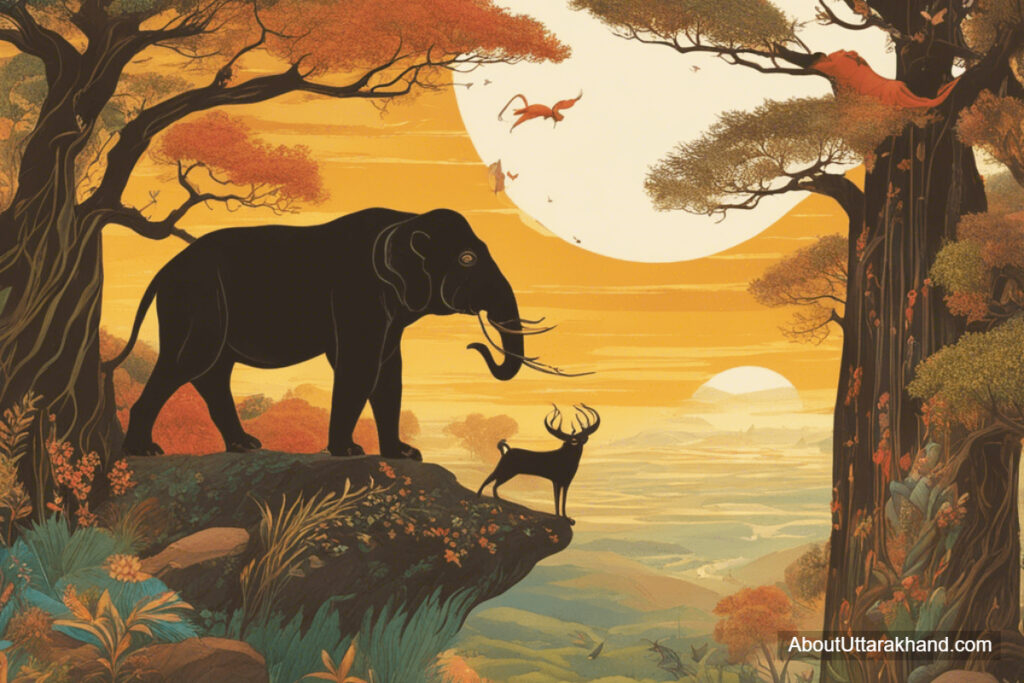
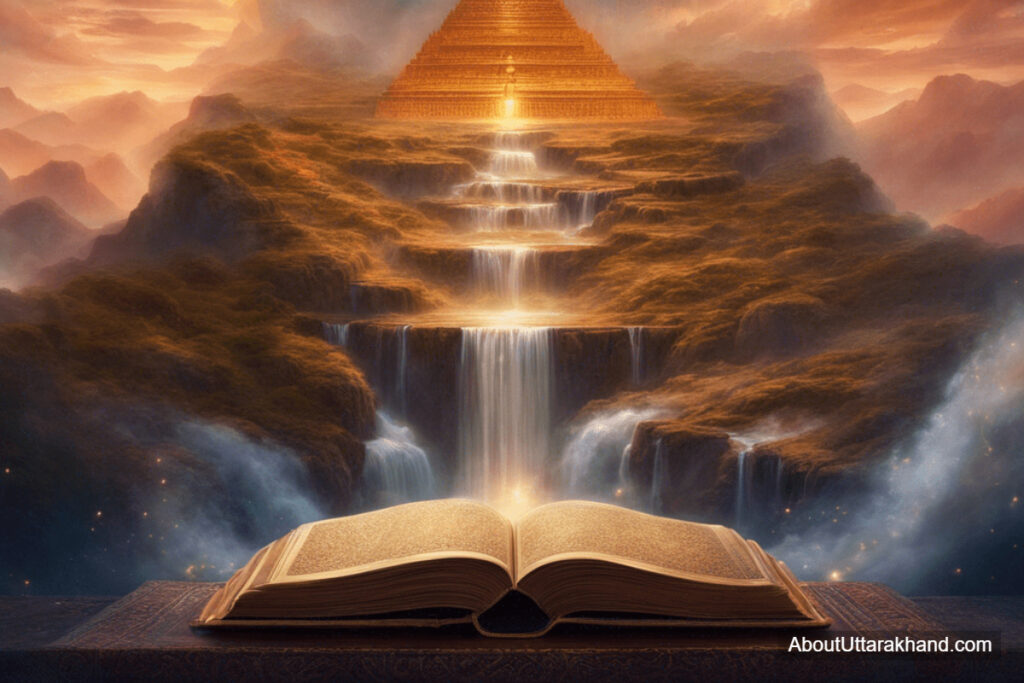
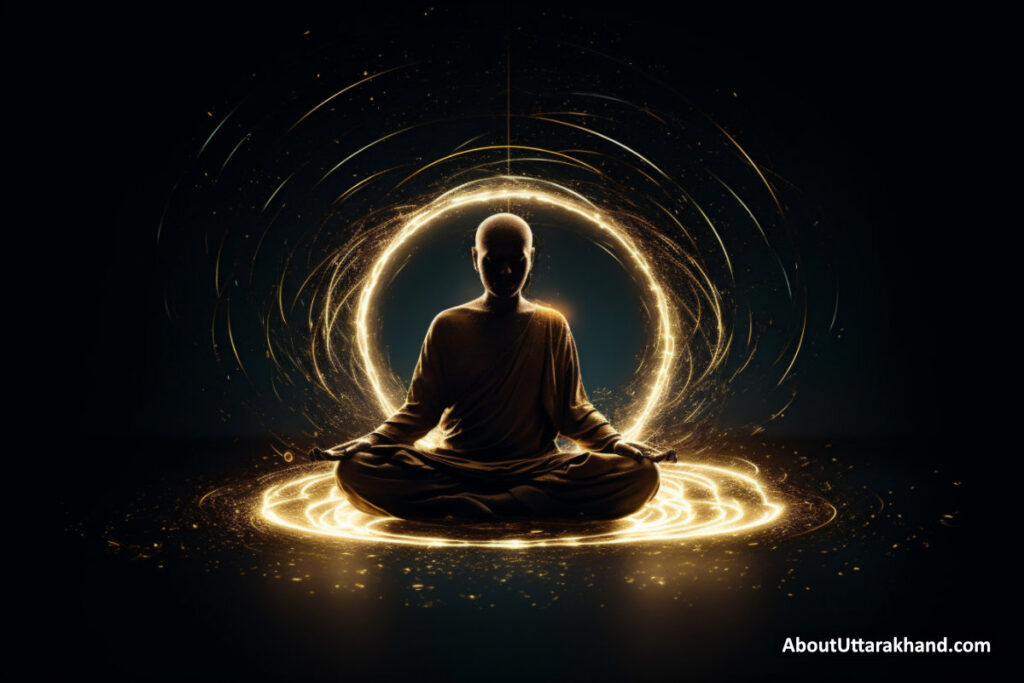




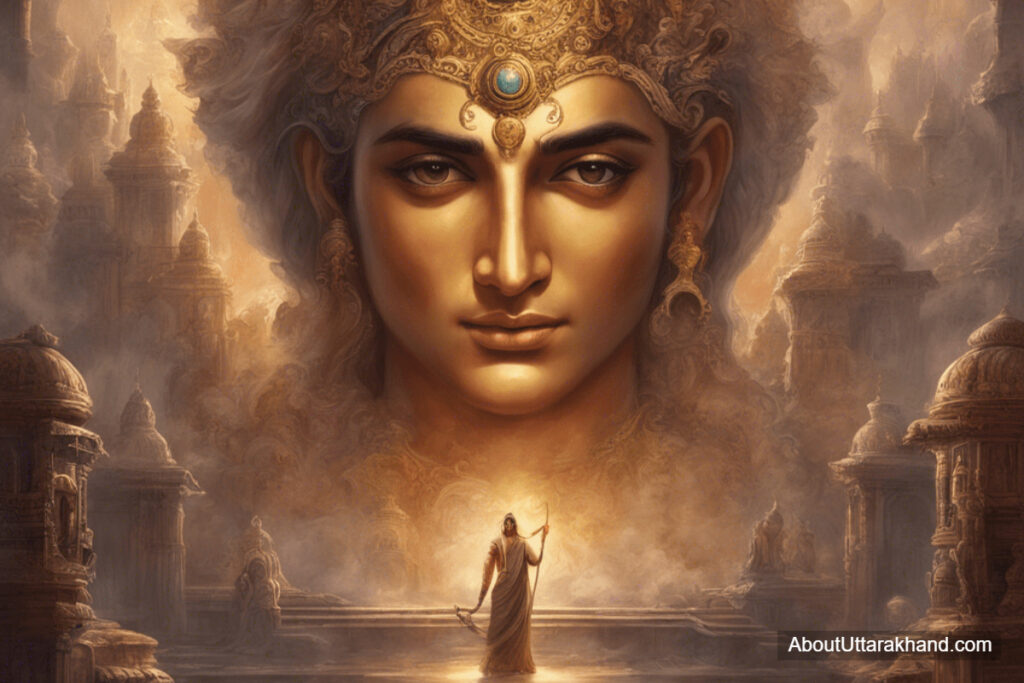
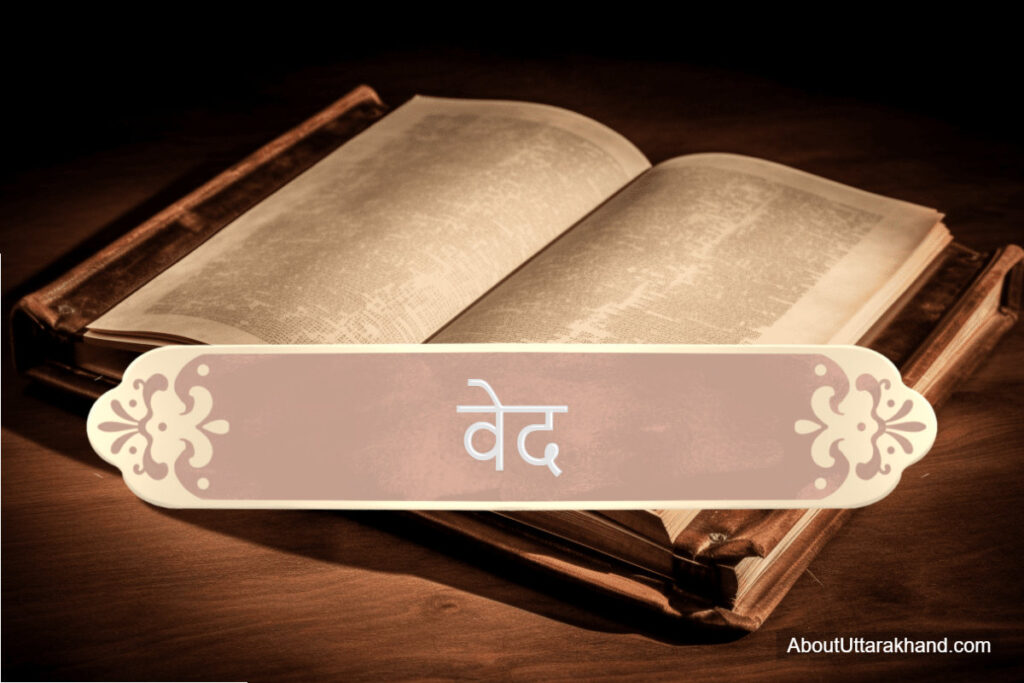



To Conclude
Ultimately, Hinduism's core beliefs centre on the idea that the universe is divinely linked and that everyone is divine in their own right. Hindus believe that finding and understanding this inner spirit is the main goal of life. Different from other religions, Hinduism values all of them equally and lets them live together happily. This all-encompassing view emphasises the universal and peaceful core of Hindu beliefs, adding to a rich and long-lasting spiritual practice.

Belle Fable, keeps your trend ahead!
Gaumukh Glacier
The stunning Gaumukh Glacier, in the Uttarkashi region of Uttarakhand, India, is situated close to Gangotri and framed by the towering Garhwal Himalayas. Glaciers like this one attract tourists, hikers, and nature lovers from all over the globe because of the deep religious significance they have for Hindus as the headwaters of the holy Ganges River. The ascent to Gaumukh is an adventure in body and spirit, providing an opportunity to commune with the holy and the natural world.
Nandhaur Wildlife Sanctuary
The Nandhaur Wildlife Sanctuary is a haven for wildlife and stunning scenery, set in the tranquil hills of Uttarakhand. This sanctuary, in the Nainital District close to Haldwani, is a paradise for people who appreciate nature and animals. Its varied habitats, which include grasslands, ponds, and thick forests, have earned it recognition across its 269 square kilometers of territory.
Sonanadi Wildlife Sanctuary
The Sonanadi Wildlife Sanctuary invites animal lovers and nature lovers to come and enjoy the quiet beauty of Uttarakhand's serene surroundings. Hidden in the Nainital District, not far from Nainital, lies a refuge that begs to be discovered. Its varied wildlife and flora make this area, which covers around 301.18 square kilometers, a popular destination for ecotourists and those interested in biodiversity.
Binsar Wildlife Sanctuary
The Binsar Wildlife Sanctuary is a haven for wildlife and a monument to Uttarakhand's rich biodiversity, is situated in the picturesque Kumaon Himalayas. Nature lovers and wildlife aficionados will find this refuge, situated near Almora in the Almora District, to be a paradise. Covering about 47.04 square kilometers, it is famous for its verdant forests, varied fauna, and breathtaking views of the Himalayan mountains in the distance.
Tawaghat Wildlife Sanctuary
The Tawaghat Wildlife Sanctuary is a haven for adventurers and ecotourists, tucked away in the foothills of the towering Himalayas. This hidden gem of a sanctuary is located near Dharchula in Uttarakhand's Pithoragarh District. Despite its relatively tiny size (around 70 square km), this animal sanctuary is just as magical as any other.
Chilla Wildlife Sanctuary
.The Chilla Wildlife Sanctuary, located on the banks of the pure Ganges River, is a living monument to the beauty and variety of Uttarakhand's natural landscape. This sanctuary is a paradise for anyone who love nature and wildlife; it is located in the Pauri Garhwal District, close to Rishikesh. Covering over 249 square kilometers, it is a major wildlife sanctuary in the state that provides a peaceful haven amidst the majestic Himalayas.



